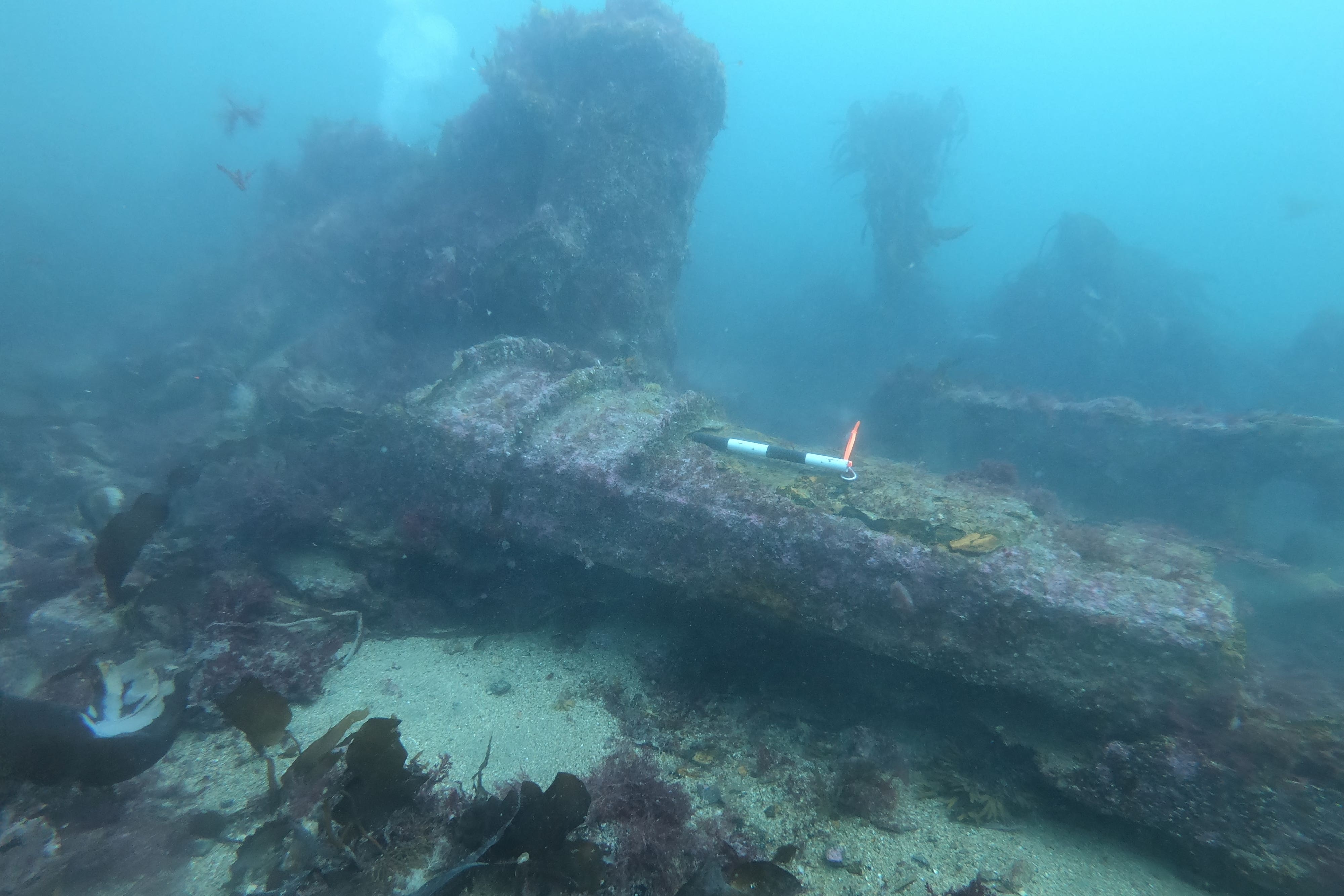Wreck of Europe’s first commercial steamship given protection
The Comet was built in the early 19th century.

Your support helps us to tell the story
From reproductive rights to climate change to Big Tech, The Independent is on the ground when the story is developing. Whether it's investigating the financials of Elon Musk's pro-Trump PAC or producing our latest documentary, 'The A Word', which shines a light on the American women fighting for reproductive rights, we know how important it is to parse out the facts from the messaging.
At such a critical moment in US history, we need reporters on the ground. Your donation allows us to keep sending journalists to speak to both sides of the story.
The Independent is trusted by Americans across the entire political spectrum. And unlike many other quality news outlets, we choose not to lock Americans out of our reporting and analysis with paywalls. We believe quality journalism should be available to everyone, paid for by those who can afford it.
Your support makes all the difference.The wreck of Europe’s first commercial steamship, said to be of “international significance”, has been designated as a scheduled monument by Historic Environment Scotland.
The Comet was a wooden paddle steamer built in Port Glasgow by John Wood & Sons in 1811-12 and owned by 19th century entrepreneur Henry Bell.
It was launched in 1812 and operated for eight years on the Clyde, then the Forth, and from September 1819 on a new Glasgow to Fort William service.
However it wrecked off Craignish Point, west of Crinan, on December 19 1820, where it is believed to have split in half after running aground due to a navigational error.
Historic Environment Scotland (HES) was invited to assess the remains of the Comet in September 2020 following its discovery that year by members of Dalriada Dive Club in Oban.
Marine heritage sites are normally designated as Historic Marine Protected Areas (MPA), however in this instance HES has decided to designate the Comet as a scheduled monument to protect it until a decision is taken by the Scottish Government on designating the site as a Historic MPA.
Dara Parsons, head of designations at HES, said: “There are very few examples of pre-1820 steamships known in the UK. As such the remains at the site of the Comet are extremely rare and merit further detailed study.
“Henry Bell’s Comet is of international significance as Europe’s first commercial steamship and occupies an important place in the history of steam-powered navigation.
“By designating the wreck with scheduled monument status, this means that visitors can dive on the wreck but must not disturb the wreck or remove artefacts without scheduled monument consent from Historic Environment Scotland, to help protect the remains of this significant vessel.”
The Comet was originally designed to carry passengers between Port Glasgow and Helensburgh, where Bell was from.
Its name is a direct reference to the Great Comet of 1811, a celestial event in which a comet passed by the Earth and was visible to the naked eye for 260 days.
The Comet was carrying no passengers when it wrecked in 1820 and Bell and the crew managed to get safely ashore.
A dive survey by Wessex Archaeology in September 2021 confirmed that the visible remains of the wreck which survive on the seabed are likely to be from the front half of the ship.
These include the engine assemblage, possible flue and paddle shaft.
The monument is located at a depth of around 12m on rocky seabed, interspersed with sand within an area of dense kelp, and it is thought that further parts of the wreck are likely to survive nearby.
Historian Tony Dalton, who co-ordinated the search for the wreck site, said: “Over three years of research, exploration and survey by a small group in Argyll established the correct facts behind the wrecking of Comet and enabled us to pinpoint the site.
“Together with Glasgow Museums it was very much a team effort, leading to diving and discovery by John & Joanne Beaton, together with images of the engine, two centuries after it sank.
“Comet was one of the earliest steamships to be wrecked in Britain, and the initial survey by Wessex Archaeology reveals a wealth of surviving artefacts that can improve our understanding of very early steamships.
“We are all delighted that Comet is given the vital protection of designation so that further surveys can gain more knowledge and understanding from this wreck of national importance.”